Small, speedy & on the brink of extinction
Most people have never seen a Leadbeater's (fairy) possum in the wild. And now, these tiny marsupials are in danger of being lost forever.
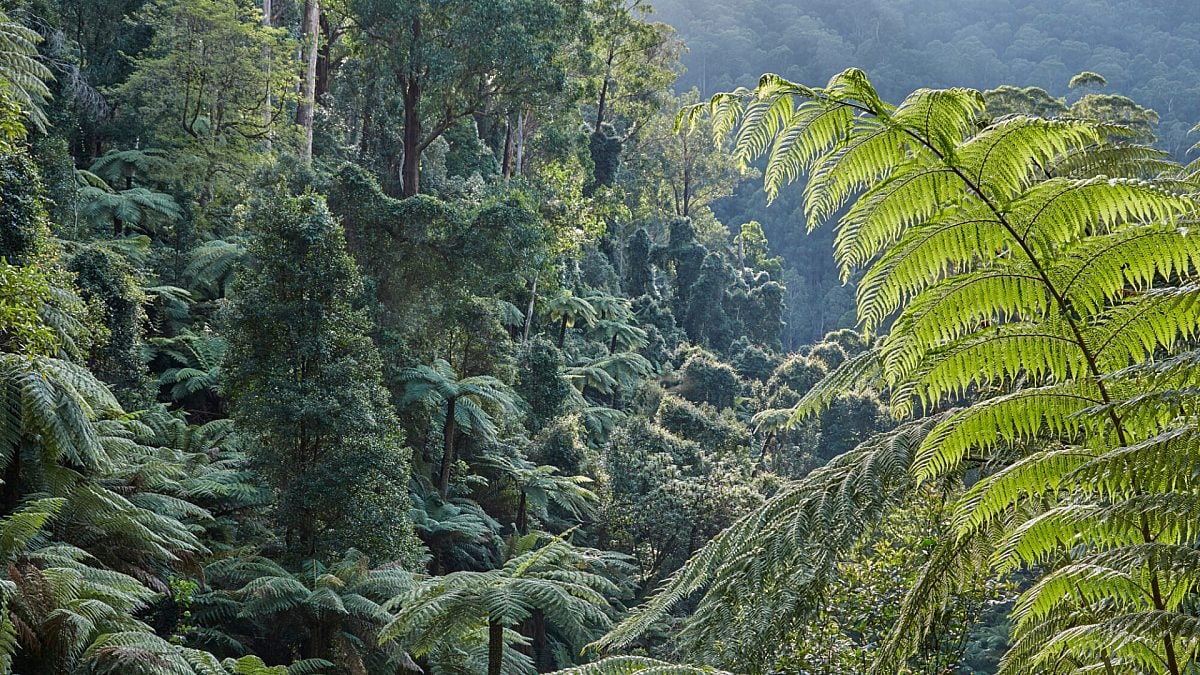
It sounds ridiculous because it is. Victoria’s last great forests are being turned into cheap office paper and worthless wood chips. We’re proposing an alternative ending.
When we say "last great forests", we mean it. Only 1% of the Central Highlands Mountain Ash ecosystem remains unlogged and unburnt, while East Gippsland is home to mainland Australia’s last unbroken tract of vegetation from snow to shore; it must be protected.
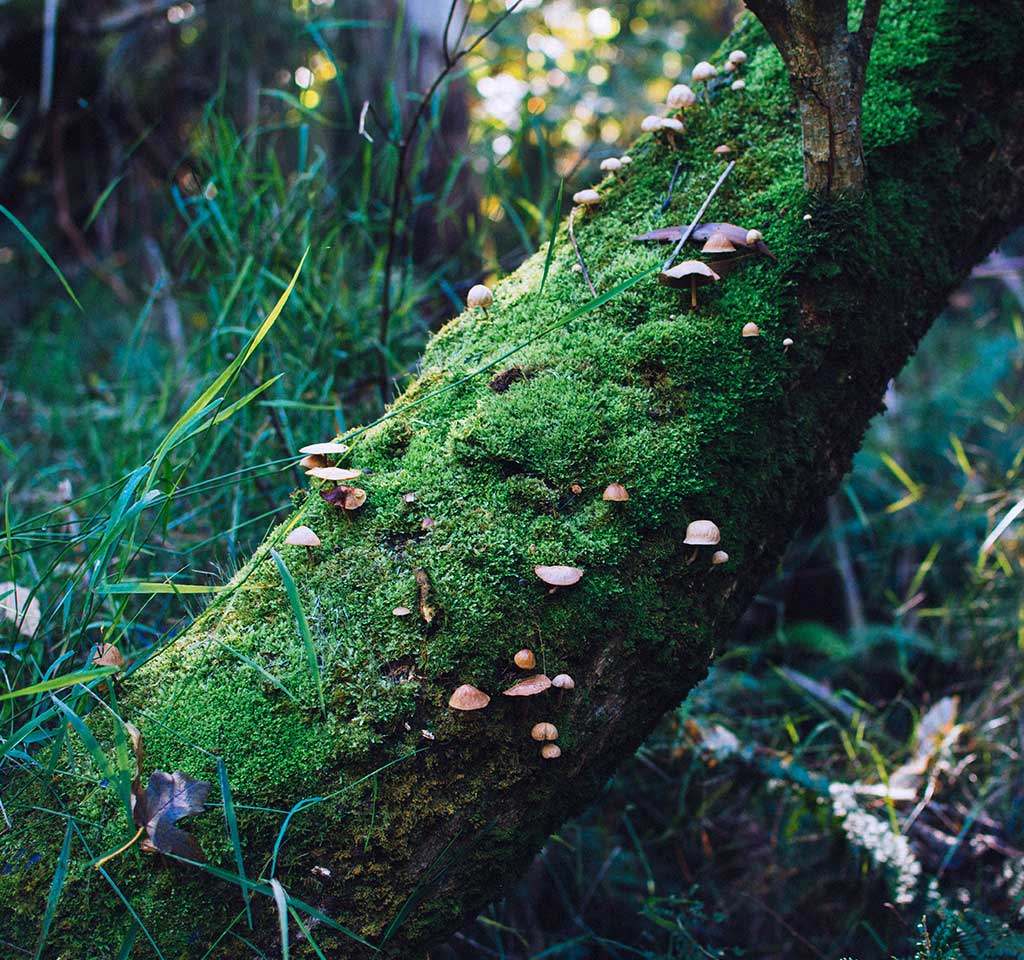
We have a vision to inject millions of dollars into the communities that used to depend on native forest logging. It’ll be better for the ecosystems that make our lives possible, better for our climate and better for the creatures that call Victoria home. It’ll create new jobs and new places to relax and play.
We are also enabling people to make an informed choice when it comes to buying paper products, so they won't unwittingly be supporting the destruction of forests in their purchases.
The forests of East Gippsland form mainland Australia’s only unbroken link between alpine mountains and coastline. From cool plateaus to warm, wet gullies, this tract of wilderness supports incredible biodiversity. And that biodiversity supports all of us.
So we’re working to keep this place wild.
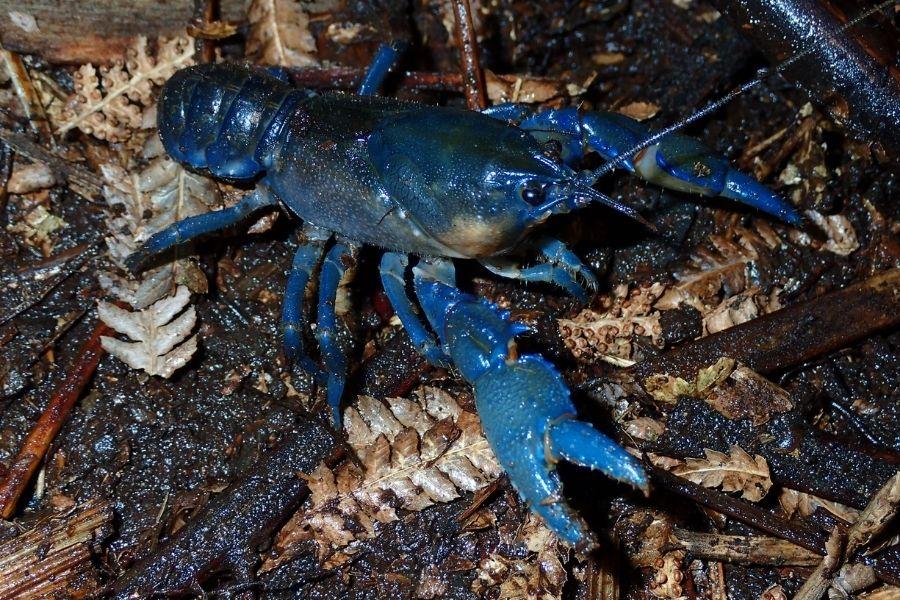
Projects are taking shape across the Emerald Link, a conservation economy project that will help restoration, protection and appreciation of the last unbroken forest wilderness area on mainland Australia. These forests were severely impacted by the Black Summer bushfires. Now, thanks to your support, better management of some local forests, with the involvement of local communities, is within reach.
Emerald Link projects include exciting world class trails like the Sea to Summit Forest Trail, that will take you along 120km through the Kuark Forest, from the coast at the town of Bemm River to the summit of Mt Ellery on the Errinundra Plateau.
And all of this can’t come fast enough, with state government logging underway right now in forests that survived the catastrophic 2019-20 bushfires. At the centre of the Emerald Link proposal is the recognition that recovery of forests, and of communities affected by logging and bushfire, go hand in hand.
We're making rapid progress, as you can see from the reports below from our Emerald Link Advocates, working hard in local communities to deliver a healthy future for Victoria's forests and the communities that depend on them.
In the gallery below, read about some of the inspiring projects taking shape.
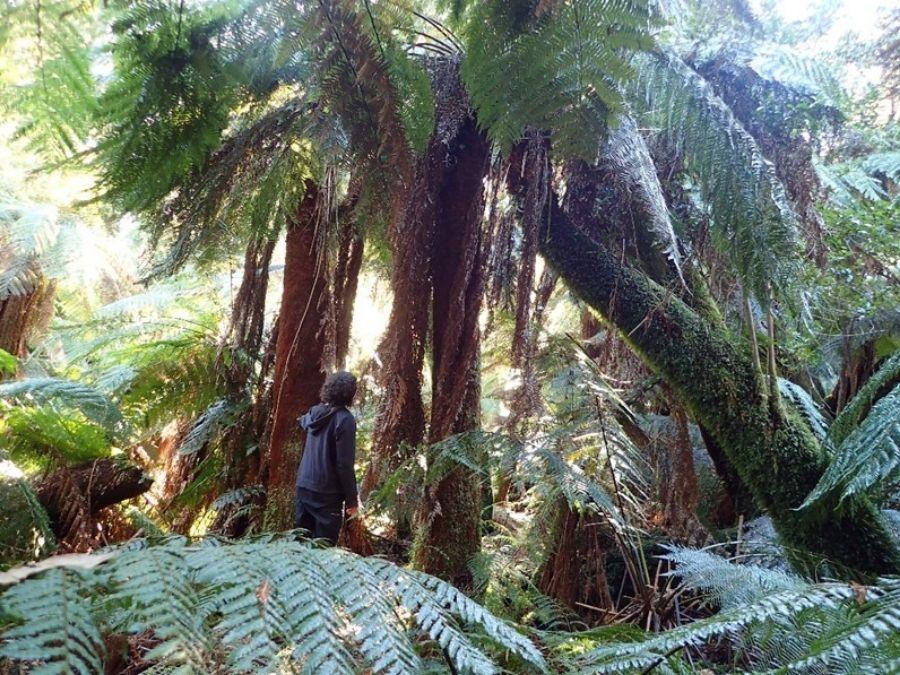
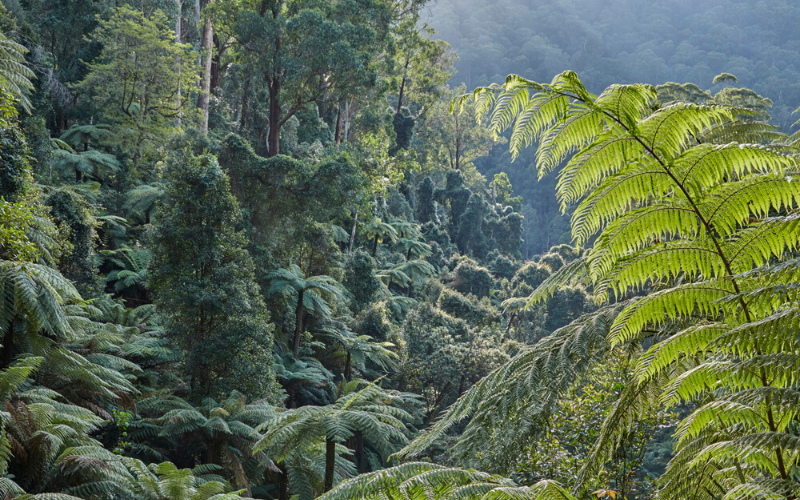
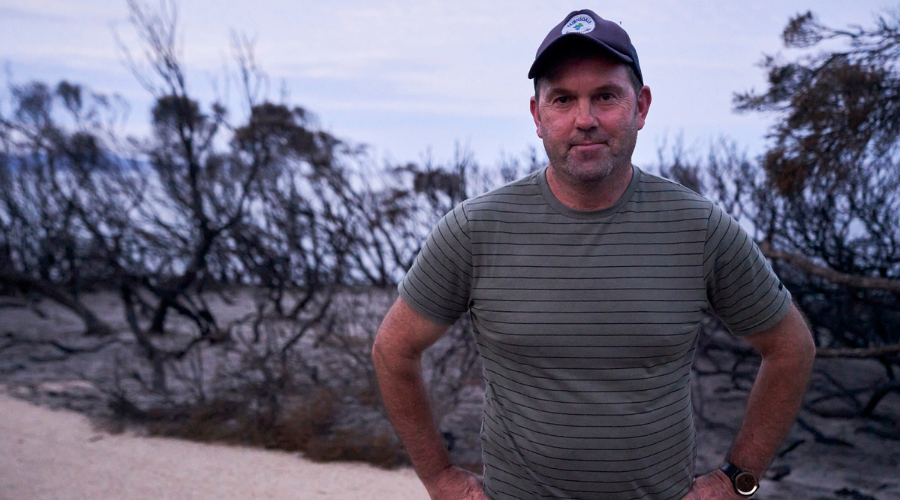
The Connecting With Giants walk, is being championed by Emerald Link advocate Birgit Schaedler.
The Emerald Link proposal can help communities like Mallacoota rebuild after the Black Summer bushfires. Just ask Matt Stephenson.
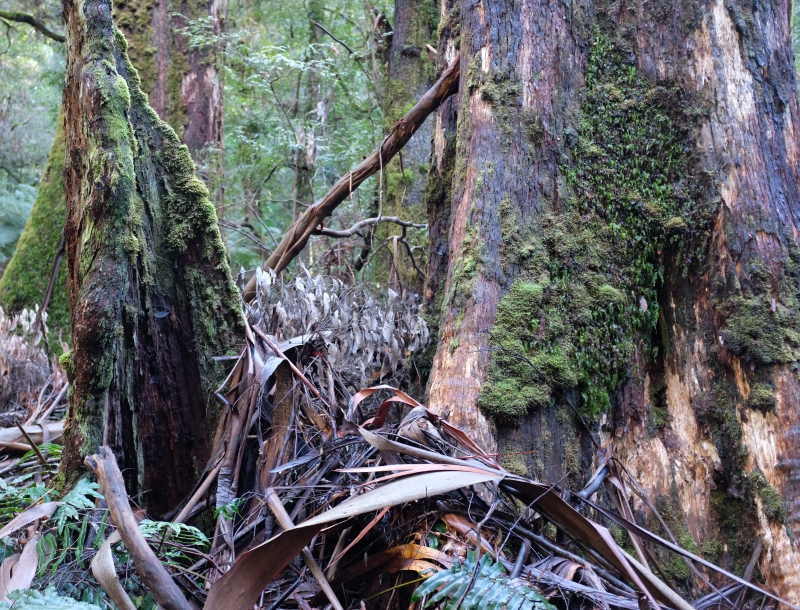
The Mountain Ash forests of Victoria’s Central Highlands are some of the best in the world at storing carbon. When Australia finally implements a carbon pricing system, they'll be worth an estimated $50 million per year.
The long-term future of Victoria’s forests should be bright. These forests grow on the lands of Wurundjeri, Taungurung and Gunai Kurnai people.
But Japanese-owned Australian Paper (Nippon Paper International) has a short-term vision for these giant Mountain Ash trees: cheap office paper and throwaway paper products.
We have a better idea.
The proposed Great Forest National Park would connect up existing parks and conservation areas by adding 355,000 hectares of new protected forest.
This region already draws 3 million tourists per year. A new multi-use Park would bring nearly 400,000 more—a $71 million boost to the state economy. All while adding new conservation areas.
There’s another reason to support the Great Forest National Park—and this one’s a little sappy. The Fairy Possum is Victoria’s state emblem. It was long-considered extinct. Then in 1961, it was rediscovered. Here. It's found nowhere else on Earth.
This national park wouldn’t just be a new lease on life for the region; it’d be a fairytale ending for the Fairy Possum. Told you it’d be sappy.

Most people have never seen a Leadbeater's (fairy) possum in the wild. And now, these tiny marsupials are in danger of being lost forever.
Reflex paper is produced by Opal (formerly named Australian Paper), a company which continues to source fibre for its paper and packaging products from the logging of Victoria’s Critically Endangered native forests.
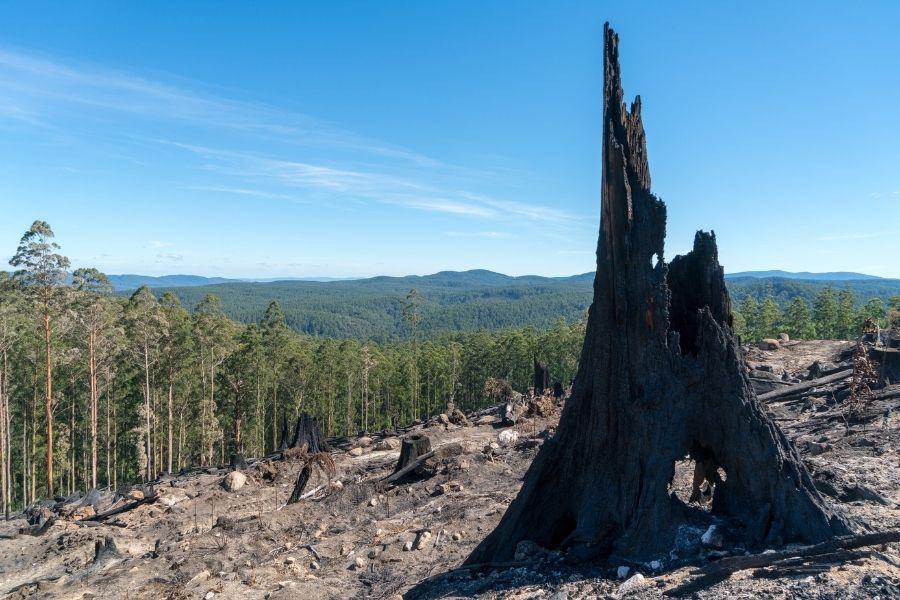
The logging of our native forests is driving wildlife to extinction, threatening our water supplies and undermining our efforts to mitigate climate change. Every purchase of an unsustainable paper or packaging product perpetuates these problems.
People, businesses and organisations are making the switch to sustainable products as, right around the world, we become increasingly aware of the impacts of our purchasing choices.
Ethical Paper is here to help. By referring to our Ethical Paper Guide, and making a more ethical choice about the paper you choose, you’re helping ensure a sustainable future for you, your family and community, and for the natural world that supports us.
Cardboard packaging is everywhere. From online shopping to pizza deliveries, many of the products we buy are packaged and transported in cardboard. It’s easy to assume that this cardboard is recycled and has minimal environmental impact. But is this really the case? Make sure your business is using ethical packaging with the help of our guide.
The Andrews Government must protect the announced IPAs for the long-term and recognise Traditional Owner rights.
The Victorian Government's amended legislation has the capacity to make illegal logging lawful, through new powers giving senior bureaucrats the ability to vary particular logging rules and removing public consultation on these changes. Here, we take you through what this means.
Federal Court rejects 20 of 21 grounds of appeal for VicForests and supports original findings of VicForests led extinctions.
In November 2019, there was a major breakthrough for Victoria’s forests. The Andrews government has admitted that logging native forest is unsustainable. It has announced an end to native forest logging—but not until 2030, because that’s when unsustainable wood contracts enshrined in special legislation for one company, Nippon, run out. We've compiled a list of key points from the Andrews government announcement.
In light of the 2019-20 bushfire season that devastated communities in Victoria, destroying so much of Victoria's forests, an end to native forest logging can and must come sooner.
In May 2020 the Federal Court ruled against the Victorian state-owned logging agency VicForests in a case brought by Friends of the Leadbeater's Possum. The court found that VicForests' past logging operations fell foul of the requirements of Victorian law, and that its future operations were also likely to be illegal. National Campaigns Director, Amelia Young, explains the wide-reaching significance of the court ruling:
We described the landmark case as the ‘Franklin Dam of forest-legal outcomes’ because of the ramifications it has for logging in forests right across Australia. The knock-on effects being realised include the announcement from Bunnings that it will now refuse timber from VicForests.
The need for such change couldn't be more urgent, with shocking findings revealing that VicForests is logging significant unburnt areas of precious forest that survived the 2019-2020 bushfires—critical refuges for wildlife. Our report After the Fires: protecting our forest refuges follows an analysis of the region's forests from maps and data, and the unique habitats they support. It highlights areas of east Victoria’s forests that need protecting if threatened and endangered animals and plants are to be given a chance at recovery.